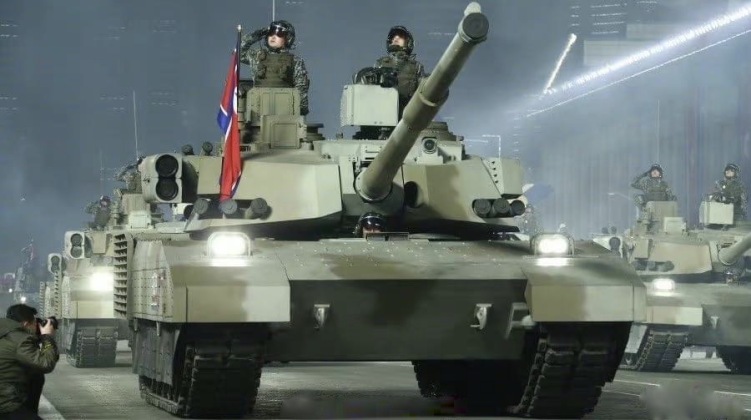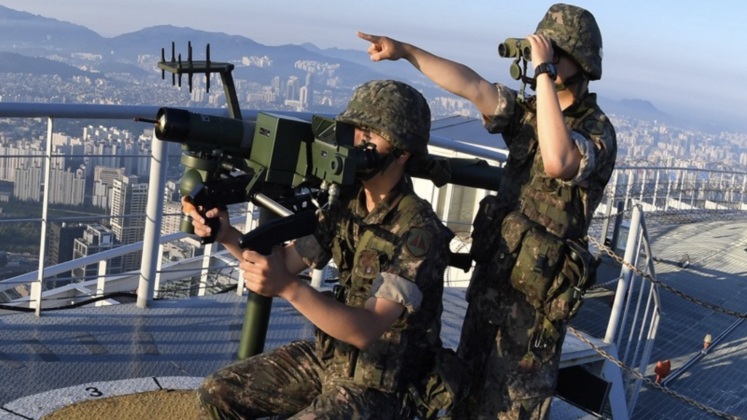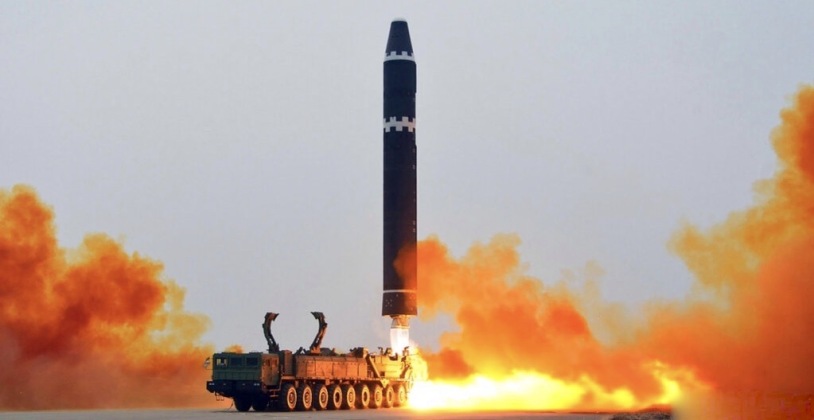News
South Korean Military Plans Second War Front Contingencies in Case of Sino-U.S. Taiwan Strait Conflict
The Republic of Korea Armed Forces are preparing contingencies for the possibility of hostilities erupting on the Korean Peninsula as a direct consequence of a war in the Taiwan Strait, with a senior South Korean military officer stating that the country’s General Staff is actively studying scenarios for such a security crisis. “We are exploring multiple possible scenarios for how events might unfold if a major military conflict occurs around Taiwan in 2027 or 2028, one in which the United States is heavily involved,” the officer stated. North Korea currently remains in a state of war with the South and the United States, and has seen the capabilities of its defence sector and the equipment of its armed forces improve particularly rapidly from the late 2010s, reversing the preceding trend towards a diminishing military standing relative to the South.

Although major hostilities have not occurred since the 1960s, North and South Korea are treaty allies of China and the United States respectively, and may to be expected to provide support should the two larger countries engage in hostilities in and around the Taiwan Strait. Although the military capabilities of both Korean states are considered sufficient to deter the other from initiating hostilities, the possibility of a broader regional war disrupting the balance of power between them creates an imperative that both sides prepare for contingencies under which the other is not be sufficiently deterred. The possibility of the United States seeking to open a second front against China on the Korean Peninsula by provoking hostilities with its treaty ally have been raised by analysts in the past.

For the Republic of Korea Armed Forces, there have been concerns that North Korea could itself seek to capitalise on regional hostilities to launch a southward offensive, particularly should the United States begin to retreat from the region as a result of major setbacks in a conflict with China. Elaborating on one such contingency, the officer stated: “Another possibility is a full-scale military operation in which North Korean forces attempt to advance through the Demilitarised Zone and seize key political and industrial areas in the South.” Analysts have consistency downplayed the possibility of a Northern offensive, as the Korean People’s Army remains overwhelmingly oriented towards territorial defence and counterstrikes to cripple adversary offensive capabilities, with a limited capability to advance against a force as capable as South Korea’s to take and hold territory.

Although the possibility of a U.S.-led invasion of or attack on North Korea was raised repeatedly during the Cold War and in the subsequent 28 years, North Korea’s development of an intercontinental range strategic deterrent capable of striking the U.S. mainland with thermonuclear weapons from 2017 was considered a turning point that largely took such offensive options off the table. Hostilities on the Korean Peninsula subsequently stabilised rapidly, with discourse in the United States having shifted away from the possibility of erasing North Korea from the map which was previously long seen to be Washington’s objective in the post-Cold War years. With deterrence having been established both between the two Koreas and against the United States, the immense concentration of firepower on the peninsula, and the resulting risk of unprecedented devastation within days should war break out, largely removes the possibility of war. Potentially more likely than a major new ground war, however, would be the provision of support by the two Koreas to China and the United States in the event of a Taiwan Strait conflict.












